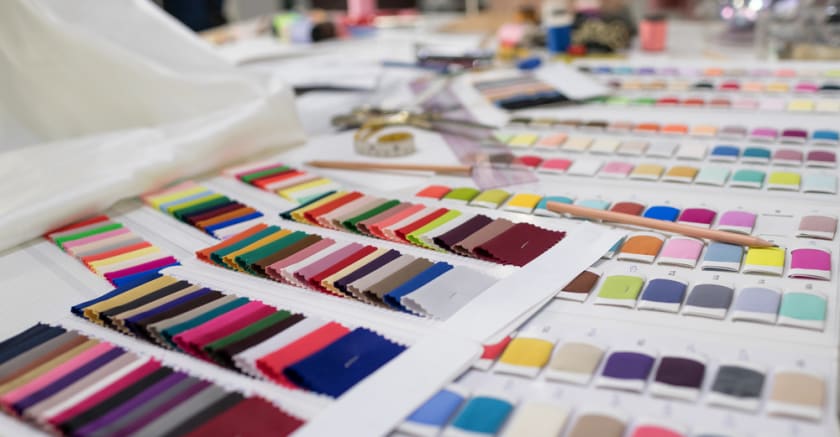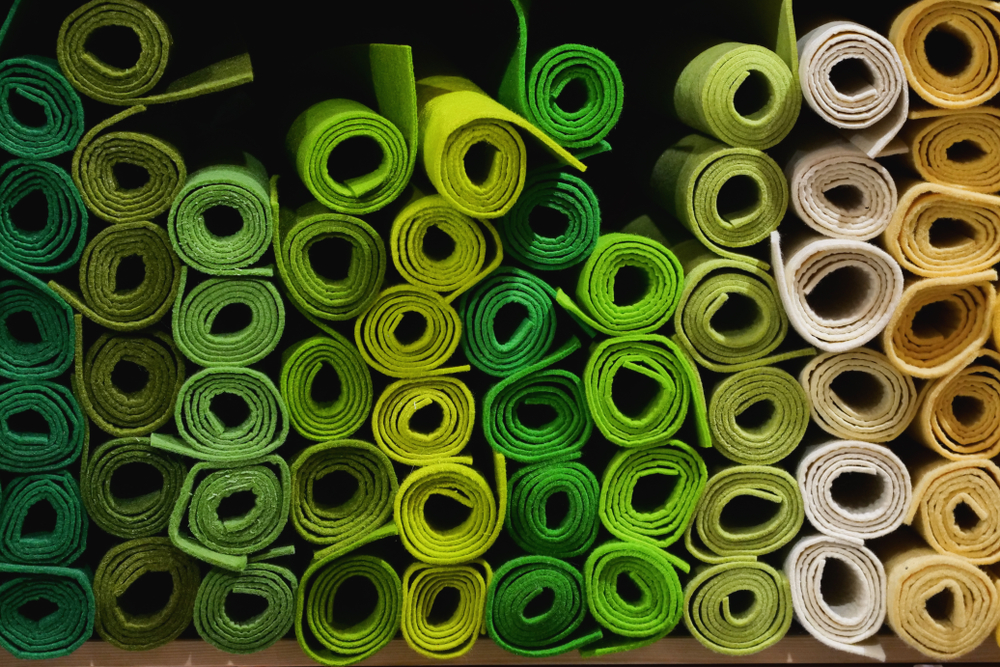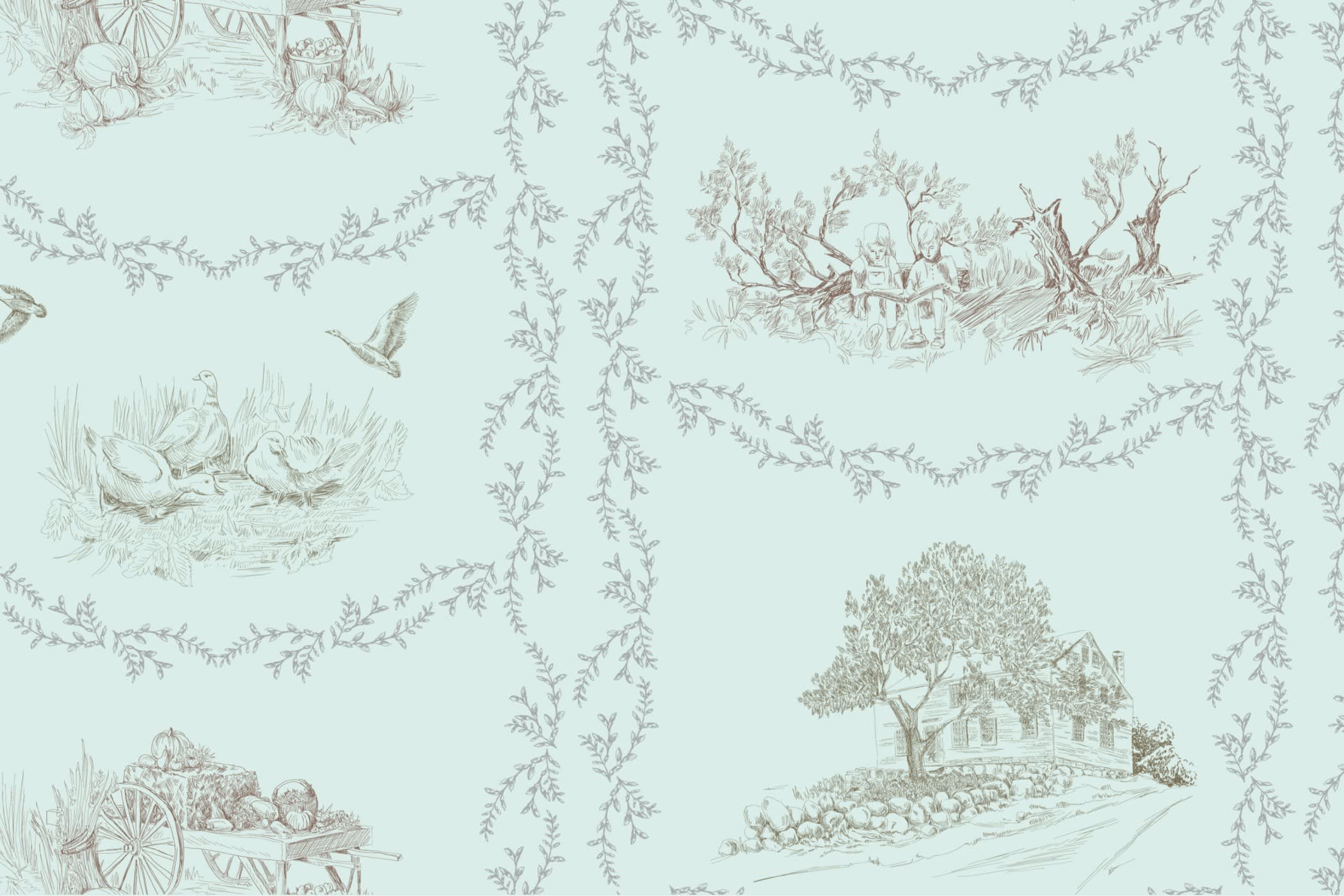A Stepwise List on How Fabric Shade Variation Can Be Eliminated



The fabric shade mismatch is one of the critical issues in fabric production. It is one of the visual effects that can easily be recognized that causes fabric rejection. Let us learn all about it, followed by a detailed and practical stepwise list to eliminate this issue.
What Is Fabric Variation in shade?
The variation in shade of the fabric occurs when a single fabric has multiple color looks. It is termed so when the different components of the same clothing have mismatched colors. There can be multiple reasons why this problem is not desirable for any production house. The different ways in which variation in shade of the fabric appears are between the fabric rolls, the difference within the same fabric roll length, variation in shades like “center to selvage” and “salvage to salvage,” etc. Let us understand more about the critical reasons for this problem in the textile business.
Why there are Fabric Variation in Shade?

The critical reasons for variation in shade of the fabric in the textile industry include:
- Use of the mixed fabrics in the production process.
- The difference in the process of production concerning time and the speed over the production.
- Different problems in the dyeing machine cause variation in shade of the fabric.
- The lack of responsibilities handled by the respective production team in the dyeing room may include other technical issues.
- The stretching problems with the fabric like unequal stretching, etc.
- The issues in cutting, numbering, or bundling in textiles.
- The poor relationship between the labs to bulk production units.
- The issues in dyeing recipes between multiple batches.
Steps To Eliminate Fabric Variation in shade
Before jumping to the multiple steps that can solve the problem of variation in shade of the fabric, it is essential to understand that the wet fabric manufacturing process is divided into different sub-steps. Let us know the small yet practical steps that can reduce the chances of fabric variation in shade:
- Preparation stage:
- Start by checking the weight of the batch for all different batches. It is important, as all the sets must have the same weight as prescribed.
- It is mandatory to note down the job card using the grey fabric’s GSM if using the grey-colored fabrics.
- It is crucial to take a sample, make it dry, and check then GSM. It should be done after scouring, bleaching and neutralising the fabric.
- It is essential to check the water quality, like hardness, pH, and TDS. It is crucial that these parameters may have changed during the production process.
- It is recommended to get the whiteness index of the RFD fabric and make the record of the data appropriately on the job card.
- The next step is to observe the soaking of the RFD fabric and take the results according to the time. All these details should be noted on the job card.
- The next step in the line is to check the core alkali and the pH of the fabric used in garment manufacturing.
- It is important to check the remaining peroxide on the cloth before starting the dyeing process. The variation in the percentage of scouring and bleaching loss should not be more than 2-3% in any case. Hence, it is essential to note this percentage difference in scouring and bleaching loss for recommended improvements.
- Any deviations in step nine require immediate correction. These corrections can be the indifference of matter to liquor ratio during scouring or bleaching, process timing difference, variations in temperature like excess low or excess high, etc. The other points of concern are the improved or reduced class of grey material, as the poor quality short staple length fibre loses more weight than the higher staple length of good quality fibre loss. Further, the changes in alkali or scouring alkalies concentration may have been changed over the years.
- Dyeing stage:
- It is recommended to scrutinise the input materials' quality for dyeing.
- All the dyestuff concentrations should be checked from one drum to the other drum for consistency to eliminate variation in shades.
- The quality of the sequestering agents should be cross-checked before use.
- The quality of water used in the dyeing stage should be checked for different parameters like turbidity, hardness, and pH for consistency.
- All the critical steps like dyestuff dissolving, refining the dyestuff solution, and adding it into the dye bath of the dyeing machine should be monitored carefully. It becomes easy to do the corrections if needed at this point of time.
- The salt’s quality used in the dyeing stage should be examined.
- It is recommended to use a high-consistency sequestering agent to balance the hardness of the salt used in the dyeing stage.
- The next step is to check the purity percentage of the soda ash for its quality and consistency.
- It is recommended to allow the like minutes or hours to run dyeing sessions with only salt. The process to complete is to start by adding salt to the first batch for half an hour and allowing the machine to run for half an hour again before adding the soda solution. The effect of salt can be determined in the exhaustion percentage.
- Step 9 should be completed for all pending batches with the dosing time of the same half an hour.
- All the batches should be allowed to run for the same time in soda before increasing any temperature. Also, it is crucial to repeat the approach for all batches to eliminate variation in shades.
- When the time comes to increase the steam raising time, it should be the same as 20 minutes for 60 degrees temperature for all the different batches or as recommended for special fabrics.
- All the batches should be processed at the same temperature and timings to eliminate variation in shade.
- It is essential to note the pH of the dry bath for every half an hour from the start of the dyeing process and note the readings on the job card only. It is important to use a well-calibrated pH meter to help determine an accurate pH that must lie between 11 and 11.2 even after the final addition of the soda ash. Keep on recording until the final pH of the dry bath is obtained.
- The last step in the dyeing process is to maintain the same water level throughout the process. Further, it should be strictly monitored on batch to batch levels.

- Finishing
- Start noting the cold and hot wash timings and temperatures on the job card, as final finishing operation is important to avoid the batch-to-batch variations.
- It is important to note the finishing time and temperatures to eliminate exaggerated variations when washing off.
- It is essential to keep a check on the quality of acetic acid used to neutralise the dyeing effect.
- The quality of the softener should be verified before use.
- It is important to neutralise the textile with the accurately weighted acetic acid for every batch. It is important to use the identical amount of acetic acid to ensure that the final pH is maintained for all batches.
- Soaping:
- It is recommended to use a good quality soaping agent in the soaping process.
- The next step is to run the machine for five minutes after filling it with sufficient water volume as recommended. The TDS of water is checked that shouldn’t be more than 100ppm of the original water, as the high levels of TDS in water indicate that the residual salt is of high quality in the fabric.
- The amount of residual salt is dangerous, as the same at high temperatures like 80-90 degrees Celsius would eliminate the reactive dyestuff from the fabric. This residual salt further causes white patches and hardness of fabric that adds to the issues of fabric variation in shades.
- It is crucial to maintain the timings, temperature, soap dosage and water level for multiple processes.
- It is required to check the final pH of the fabric, which can be slightly acidic based on the soaping process.
- It is important to eliminate the over-dried or under-dried fabric that eliminates variation in shade. Hence, the next step is to note the temperature and duration of fabric exposure.
- Technical machinery issues:
- The rope length of all machines should be maintained for all different loops for eliminating the fabric shades in fabric.
- It is important to note that the fabric rope passing through the machine nozzle should be of the same numbers for all fabric. It should be the same throughout the dyeing process.
- Any changes in the rope speed should be made relying on the batch size for smooth fabric creation.
- It is essential to use the standard procedure for every batch to eliminate variation in shades.
- All the filters in the machinery should be cleaned for every batch of fabric.
- It is essential to keep the nozzle diameter at the same settings for reproducibility.
- It is crucial to maintain the pump pressure for batch to batch preparation throughout.
Wrapping Up:
Any garment manufacturing is incomplete without the steps mentioned above to eliminate the variation in shade of the fabric. These steps are easy to implement in any garment manufacturing process. Businesses with dedicated partners like Fashinza, the leading B2B apparel manufacturing platform, ensure the apparel manufacturing process remains hassle-free, fast, and transparent. The strict compliance observed in the dedicated manufacturing process of Fashinza overlooks the entire process minutely to eliminate any wastage of product errors.
It offers a unified platform like Amazon for clothing manufacturers, allowing companies to order, track, receive daily production updates, communicate with manufacturers, and make seamless payments. Further, the brands can use Fashinza to place manufacturing orders for specific collections and make delivery, track, communicate, make payments, etc.



















